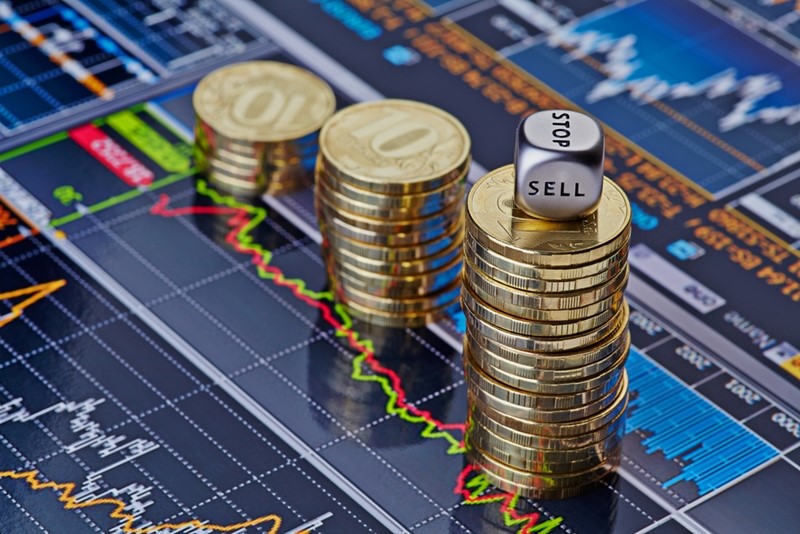The reverse supply chain is an integral part of any manufacturer’s business, but did you know that it also contributes to the overall health of the global economy? For one example of this, you can look to South Africa. Global Manufacturing reported that manufacturing is the country’s second largest economic sector, but in the past few years, it has been struggling to remain competitive with its neighboring countries.
In order to climb out of an economic hole and drive innovation, South Africa turned to the reverse supply chain. This is not the only example of economic renewal by using the reverse supply chain. Countries, cities, and even small mom-and-pop shops leverage the reverse supply chain and enjoy long-lasting financial benefits.
A nation on-board with the reverse supply chain
Businesses in South Africa and other similar economies rely on the reverse supply chain to acquire products and goods at a low cost, as well as sell their assets globally at their calculated worth, but the benefits do not end there. As spending decreases and profits rise, businesses can also create new jobs and increase production. As a result, countries like South Africa will see the direct effects of higher GDP and improved import/export rates.

Global markets are impacted by reverse logistics just as much as revenue streams are affected.
The difference in the U.S.
While South Africa provides an example of how the reverse supply chain sustains the economy overseas, it works a bit differently stateside. In fact, the U.S. relies heavily on reverse logistics, with it contributing greatly to GDP. Supply Chain 24/7 cited the Reverse Logistics Association’s findings as of May 2013: The volume of returns annually is estimated at between $150 and $200 billion at cost, representing approximately 0.7 percent of GNP and 6 percent of the Census Bureau’s figure of $3.5 trillion total U.S. annual retail sales.
However, this is most likely due to the environment in the U.S., where the reverse supply chain is often leveraged in order to generate a return on investment. While many large businesses turn to reverse logistics to increase working capital, some smaller businesses often benefit by purchasing lower priced used equipment and others wouldn’t be able to profit and grow without purchasing equipment on the secondary market, contributing significantly to the economy.
Around the globe
Today, it is difficult to identify a country that isn’t benefiting economically due to reverse logistics. Click Green reported that Scotland can add nearly £2 billion to its economy through remanufacturing this year, and the sectors involved in this supply chain economy are similar to those leveraging reverse logistics in South America: automotive, aerospace, and energy. In a different article from the same news source, experts and academics posited that the U.K. could lose £3 billion if it doesn’t “fully embrace the commercial opportunities of the remanufacturing revolution.”
Revolution is an ideal term to describe the reverse supply chain’s impact on the global economy. While manufacturers certainly turned to reverse logistics in the past, the renewed interest in these best practices means that more businesses will work with trusted asset management partners.

A global outlook on the reverse supply chain is imperative to organizational success.
Executives and managers overseas recently boasted about the benefits of the reverse supply chain.
“Supporting remanufacturing and closed-loop resource use should be a no-brainer. Incorporating remanufacturing into business models and products not only provides economic and environmental benefits, it can also create new opportunities for business growth and employment,” Aleyn Smith-Gillespie, Associate Director at the Carbon Trust, told Click Green.
As for the future
Smith-Gillespie made an interesting point when she mentioned the environmental benefits, as those need to be considered by the whole world to help cut down of the use of natural resources. The bottom line is that e-waste will only grow in magnitude in the coming years, as technology has never been so fundamental to a business’ success. The problem, however, is that innovations come quickly, and employees always want the latest and greatest tech. The reverse supply chain is perfect in that regard, as it provides both a cost effective and environmentally friendly way of recycling e-waste.
The secondary market for electronics helps developing nations improve their local economies, procuring everything from pre-owned smartphones to servers at a low cost. This allows business to remain competitive and innovative despite the lack of technology vendors in those countries.
In prosperous nations, the recouped investment on unused technologies can be put toward new tools and solutions. While this might be more popular in office environments, the parallels to manufacturing are easy to draw. Assets such as automobiles and machinery are not easy to dispose of, but with the reverse supply chain, there will always be a company looking for less expensive equipment.
Manufacturers need to take advantage of the reverse supply chain and build a successful business model, but the additional positive impact that these best practices have on the economy should not be overlooked.
To ensure reverse logistics success, organizations should work with trusted asset management partners to maximize working capital and become more efficient in these process. They have the global perspective and industry connections required to reach other nations market, boosting local economies and those overseas at the same time.



Comments are closed.